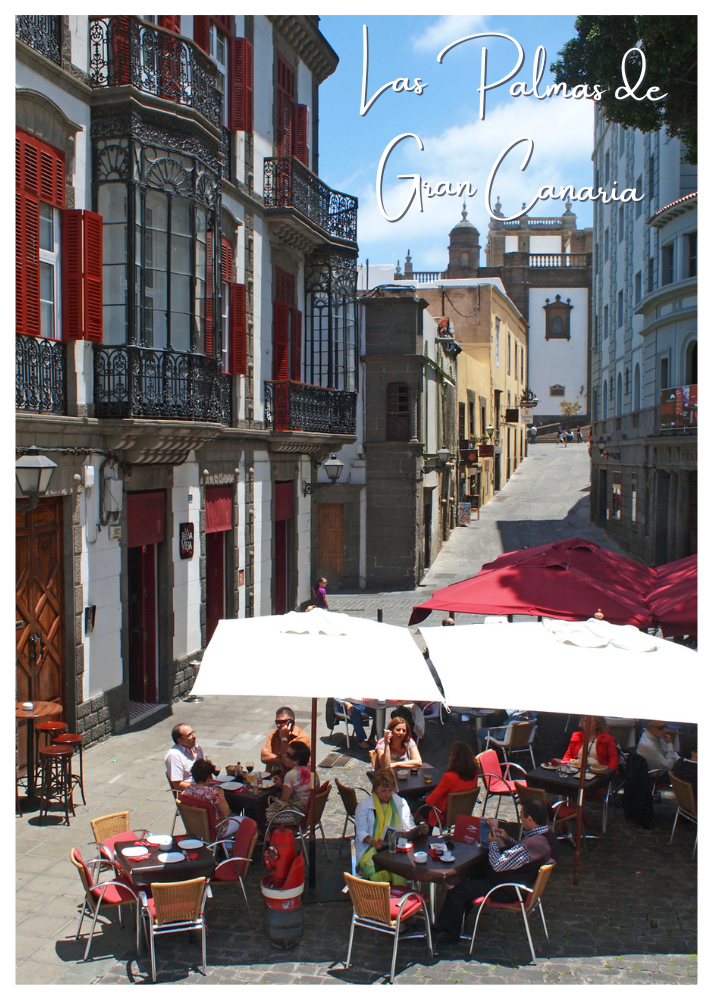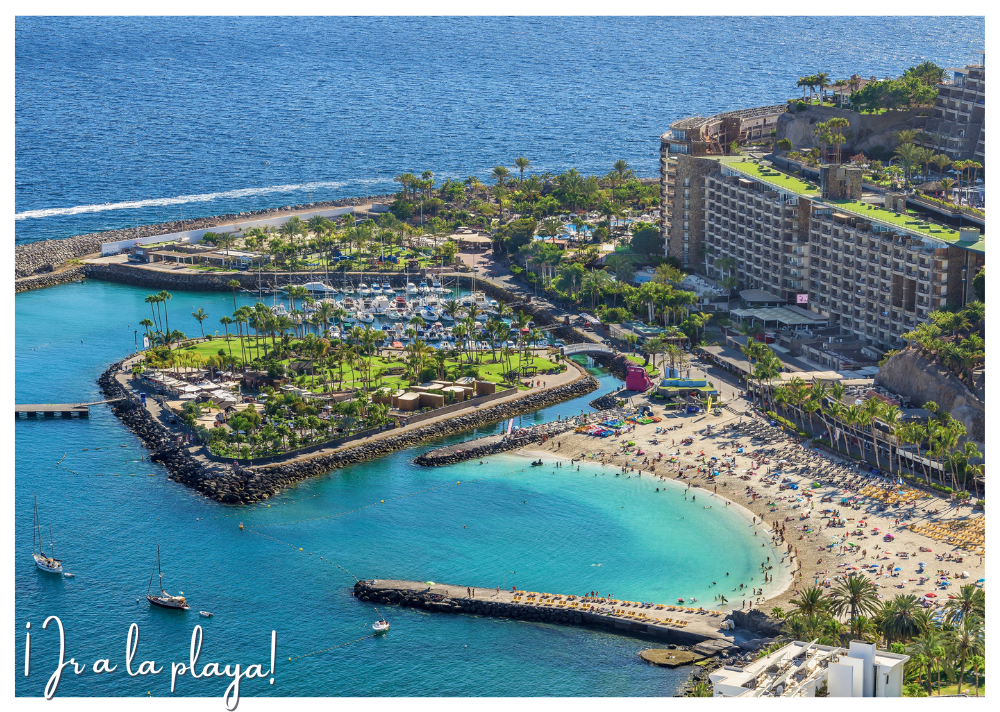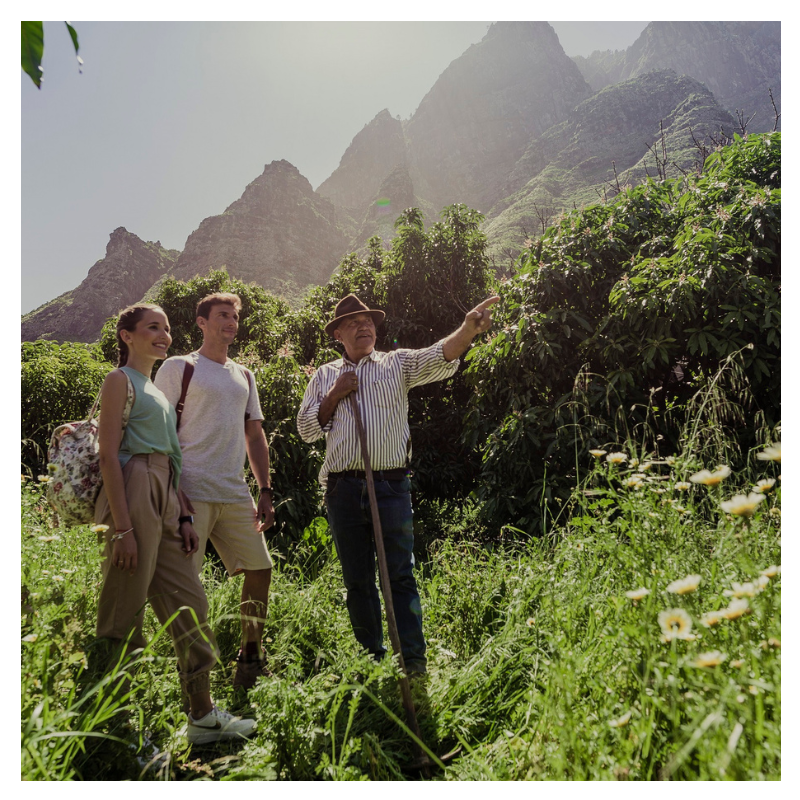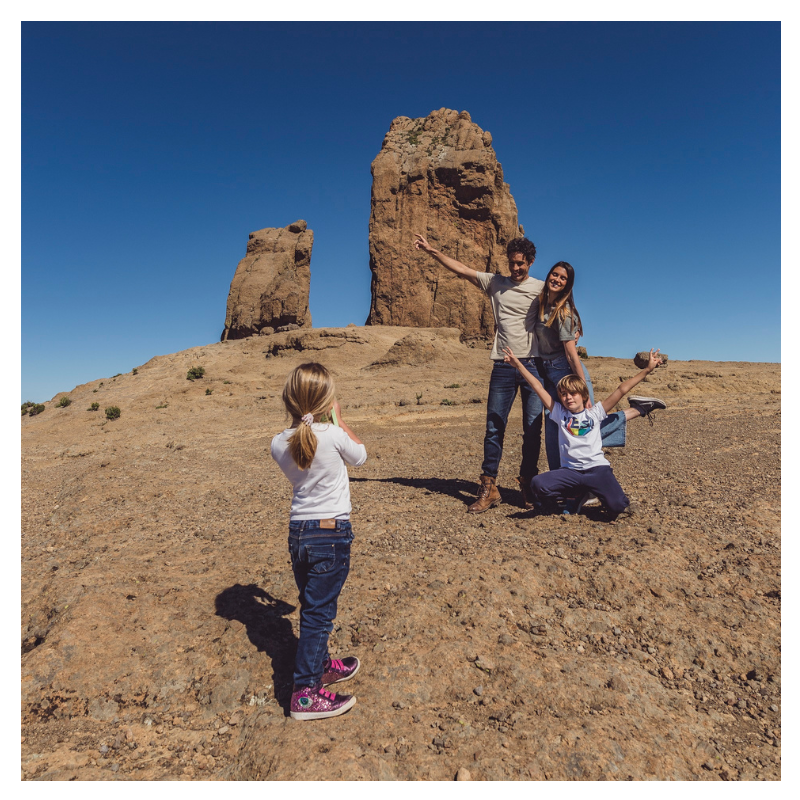Get to know Sustainable Gran Canaria
Get to know Sustainable Gran Canaria
Words by Rebecca Miles
What's it all about?
This is a feature from Issue 16 of Charitable Traveller. Click to read more from this issue.
Life in the capital
The largest city in the Canaries, it’s easy to see why Las Palmas de Gran Canaria has become really popular with remote workers and digital nomads, who join the growing number of visitors looking for a great value city break. With a fun cosmopolitan atmosphere, it’s a delight to find the gorgeous Las Canteras Beach front and centre or to meander the narrow streets of the old Vegueta quarter. It’s not short of great places to eat either – start at Mercado del Puerto for tapas, before heading to Mercado de Vegueta in the old town for incredible fresh produce. Lastly, don’t miss the new Poema del Mar aquarium, with jungle, reef and deep sea sections.
On the path to sustainability
There’s a lot of sustainability to talk about in Gran Canaria, and leading the charge is local food production. Thanks to the island’s climate, fresh food can be grown – and eaten – all year, so there’s no need for extensive food miles or intensive refrigeration processes – instead, just healthy and tasty food. The island also places huge importance on getting back to nature and supporting the communities with a variety of locally-led off-the-beaten-track experiences.

Unexpected experiences

To the beach
Gran Canaria is home to Spain's largest botanical garden, the Jardín Botánico Viera y Clavijo. Covering 27 hectares in the Guiniguada ravine in the north of the island, it's home to over 500 species of indiginous plants.




Sporting Events
With its reliable climate year-round, Gran Canaria is a great destination for an epic sporting event or two. Whether as spectators or participants, runners, cyclists, swimmers, walkers and even windsurfers are catered for at events such as the Transgrancanaria Bike in May, the SwimRun Maspalomas Gran Canaria in June and the Gran Canaria Walking Festival in October.
Away from it all
Biosphere Reserve
In the centre of Gran Canaria, you’ll find both a UNESCO Biosphere Reserve and the World Heritage Site of Risco Caído and the Sacred Mountains. Remote, otherworldly and unique, it’s an area that needs to be seen to be believed.
The Mirador del Paso de Marinero
Also known as the Mirador del Balcón, the Mirador del Paso de Marinero viewpoint delivers both extraordinary views of the wildest parts of Gran Canaria and the most sparkling of starry night skies. Arrive at the viewpoint in La Aldea on the west coast and prepare to be dazzled.
Camino de Santiago
A 66km trail that crosses from the north of the island to the south, the Camino de Santiago was an important communication route for the ancient inhabitants before later being used by herders and then pilgrims. Now, it’s a challenging multi-day hike.
This is a feature from Issue 16 of Charitable Traveller.

















 by net effect
by net effect